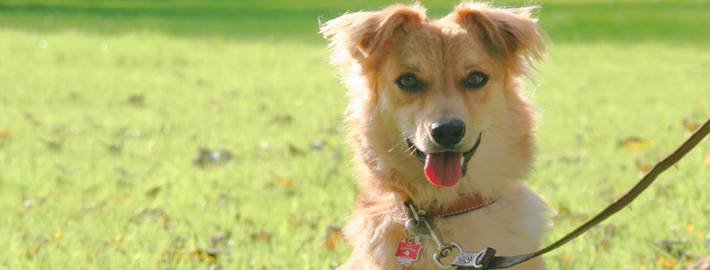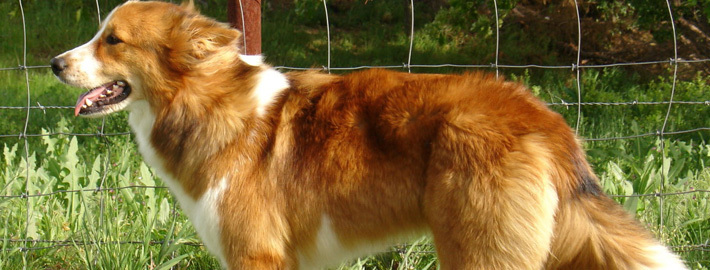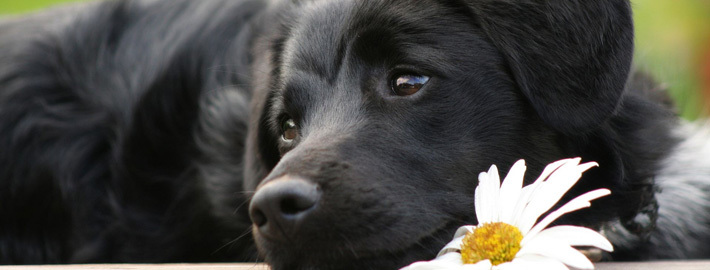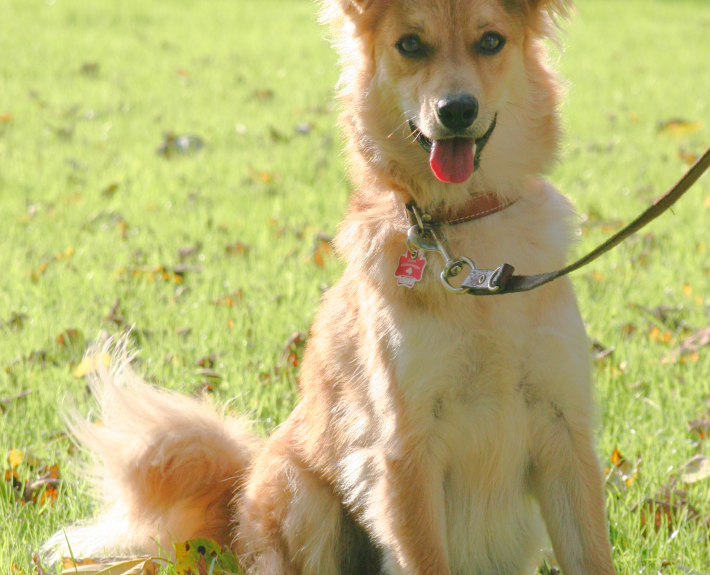What makes the Basque Shepherd Unique?
These dogs are intelligent animals with strong instincts and very loyal companions. As one of the most suitable breed for a family background, they are gentle and playful and are very good around small children as well as elders. Their guarding instincts are strong. They can be comfortable with strangers once they are introduced to them.
Page Contents
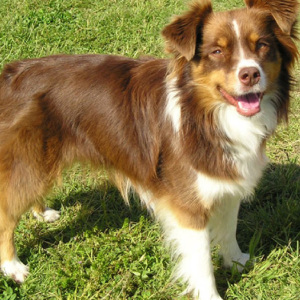
SnapShot
| Size: | Males – 52 to 58 cm (20 to 23 inches) Females – 46 to 53 cm (18 to 21 inches) |
| Weight: | Males – 18 to 36 kg (39.7 to 79.4 pounds) Females – 17 to 29 kg (37.5 to 63.9 pounds) |
| Origin: | France and Spain |
| Life Span: | 12 – 15 Years |
| Colour: | Gold, Copper; Mahogany Merle, Red Merle, Blue Merle, Solid Mahogany, Solid Black and Solid Red |
| Litter Size: | 6 to 9 puppies, 7 being the most common |
Is the Basque Shepherd Right For You?
Basque Shepherd Dog, a medium sized dog with strong body requires an extensive amount of exercise to keep their energy down and avoid developing a destructive behavior. Their guarding instincts are strong as they can become territorial. They are very suitable as family dogs since they are loyal, playful yet gentle which makes them good around small children and elders. This dog would be a delight in any household as long as you keep them happy and content with proper leadership.
This dog is highly active and needs loads of exercise daily to drain their energy. They rarely tire and can continue to play all day long. They swim well and do not shy away from water but they are not very well developed for swimming. They can live in a country or in a town as long as the family has a yard and they receive enough exercise every day. They do not do well if they are kept indoors for too long due to being highly energetic. If you live in a small space, keep their energy drained by taking them out for long walks or jogs.
In 5 Words
- Friendly
- Calm
- Sociable
- Playful
- Lively
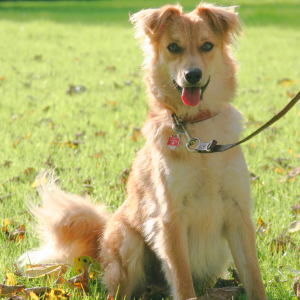
Characteristics
Learn About the Basque Shepherd
Description
These dogs are well proportioned, with strong, rectangular bodies and trotter features. Their eyes are oval and are brown or amber. Their ears are medium sized, triangular and sometimes show folds. The vivid yellow medium length rough coat is longer over the trunk than over the head and is shorter on the face, but does not hide the eyes. The head is rather light relative to the trunk, which is attached by a short neck and muscular. Of the two distinct types of Basque Shepherd Dog, the more outgoing Gorbeikoa is the more pure and ancient of the two. It is recognized by the distinct cinnamon colored moderate length hair coat.
Short History of the Basque Shepherd
This sheepdog is one of the oldest dog breeds. Skeletal remains were found in Neolithic caves dated to 12,000 years ago. They are interpreted as demonstrating that the people living in the area of what is now Basque Country were shepherds. In frescoes and paintings of the sixteenth century there are representations of the Basque Shepherd Dog. Nevertheless, their recognition has required extensive research on records from throughout the Basque Country. Only after demonstrating their differences from other breeds such as the Pyrenean Shepherd and the Catalan sheepdog, did the Royal Canine Society of Spain recognize the Basque Shepherd Dog as a breed with two varieties: Iletsua and Gorbeikoa, in January 1996.
Temperament
Basque shepherd dog is one of the most suited family dogs in the world, which goes nicely with every family member, irrespective of age. It is usually a tireless worker which enable it to perform throughout the day. However, it needs enough space to roam around. Basque shepherd dogs always prefer to remain near to the family, owing to their herding instincts. They possess a sense of territory, which is evident in their regular circling of their area. They do so to command its their more than the area.
Caring for Your Basque Shepherd
General Health
While the Basque Shepherd Dog is typically known as a healthy and hearty breed, they do suffer from a few health problems, including: hip dysplasia, likeliness to develop cancer, congenital heart defects, primary lens luxation – dislocation of the lens, cataracts, chronic ear infection, and bloat.
Grooming & Bathing
The Basque Shepherd’s coat is very good. It is lush and long with either straight or slightly wavy and of medium length. Their rough coat is longer over the entire trunk but it becomes short over the head while shorter on the face avoiding their eyes. Its coat is of medium-length and rough and relatively easy to groom.
Regular grooming for the Basque Shepherd Dog should be done to maintain their coat’s wavy nature. Grooming will also prevent fleas and dog hair shedding in your house. Daily brushing including a weekly bath will keep the coat smooth and shiny. Avoid frequent baths as their skin’s natural oils will dry out from too much exposure to water and shampoo.
Exercise & Training
The Basque Shepherd Dog is a sheepdog who needs room to roam. A farm or similar running room is more appropriate for this breed verses an apartment, condominium or small home. This breed is also intelligent so mental stimulation is important.
This dog is highly active and needs loads of exercise daily to drain their energy. They rarely tire and can continue to play all day long. They swim well and do not shy away from water but they are not very well developed for swimming. They can live in a country or in a town as long as the family has a yard and they receive enough exercise every day. They do not do well if they are kept indoors for too long due to being highly energetic. If you live in a small space, keep their energy drained by taking them out for long walks or jogs.

